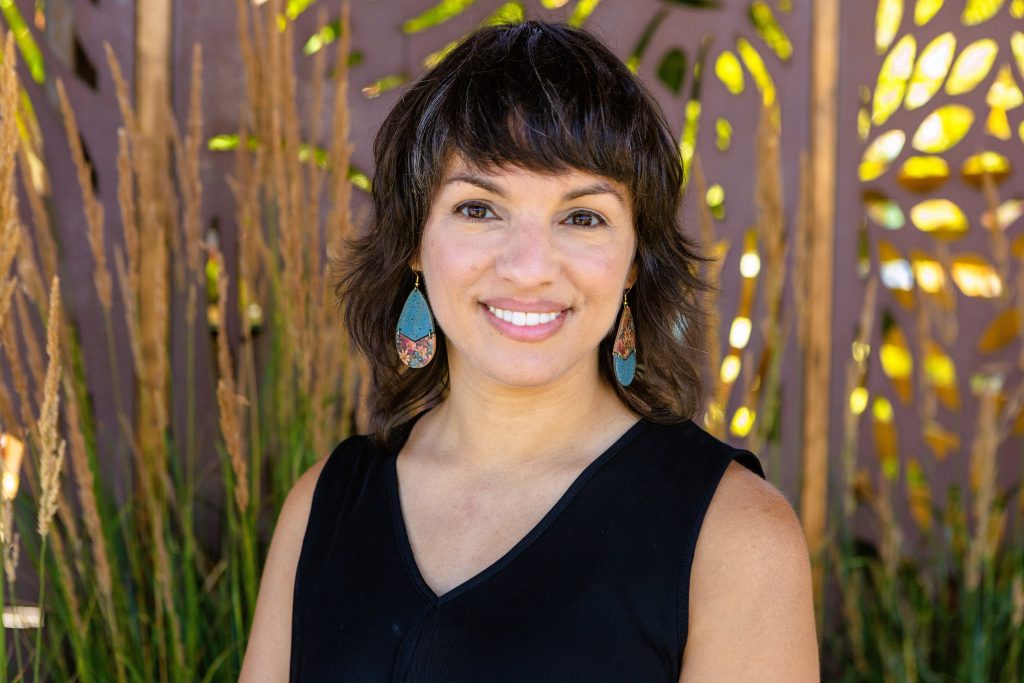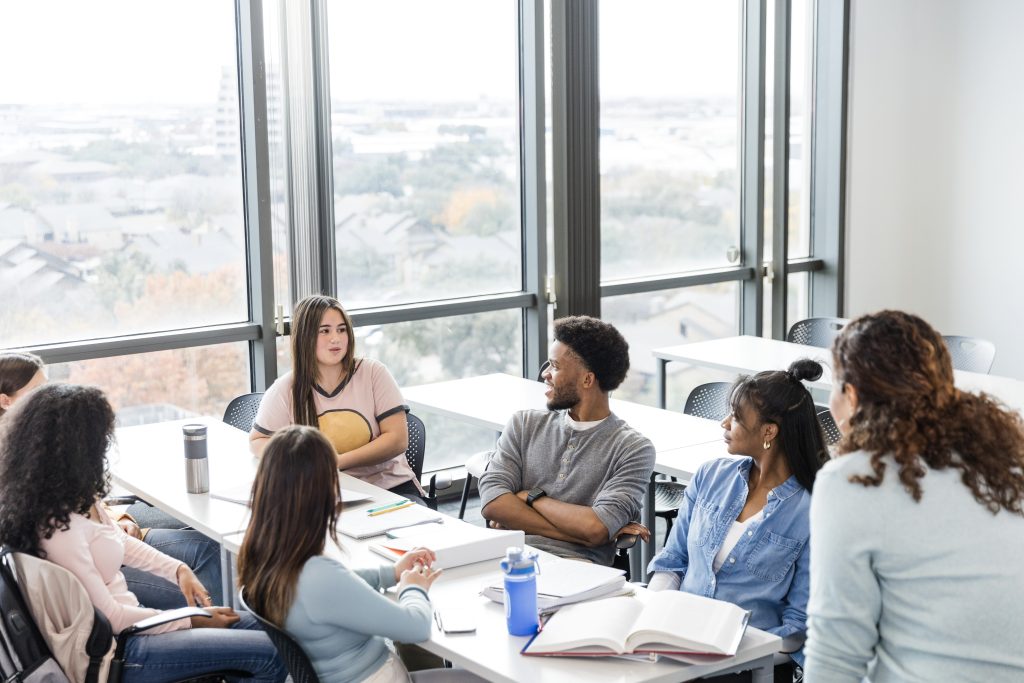Finding and Creating Meaning in the Ritual of Marriage
August 9, 2022
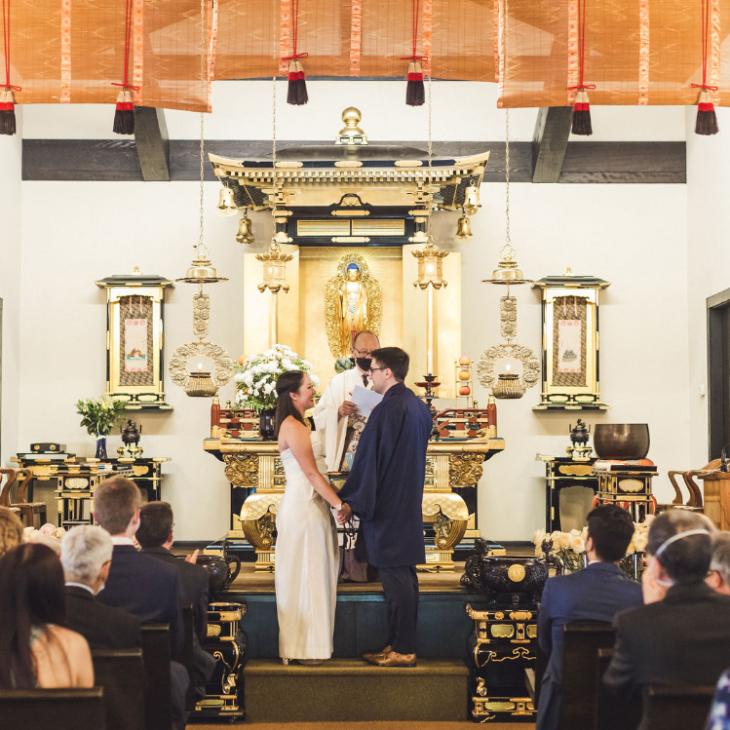
I recently got married.
For many people, this is a time to turn to religious practices that mark and understand the ritual of marriage. As a Jodo Shinshu Buddhist marrying a Unitarian Universalist, we found ourselves trying to make meaning, for ourselves, of this ritual and institution. I wanted to share how we came to understand this experience:
As my grandfather got older, he became increasingly concerned with the ways in which we say “I love you.” As a cardiologist, he might say he had a professional predisposition to matters of the heart. But he also felt that, as a society, we did not say “I love you” often enough. As a critical theorist, I might say I have a professional predisposition for critiquing institutions like marriage and rituals like weddings.
I had never thought much about marriage until I was about to get married. Other than an inexplicable amount of love I have for my partner, I came to find that it was an institution that I had more negative than positive feelings for. My friend, Kenji, described marriage as having its own peculiar history. His choice of words was not accidental. Although marriage as an institution is incomparable to the violence of slavery, they share roots in the legal ownership of another person. Marriage has been, and continues to be, a disciplinary tool that renders certain kinds of unions and certain kinds of families recognizable.
As multiracial Japanese Americans, my partner and I know the benefits and harms of state recognition. In the early 20th century interracial marriages, when allowed at all, between Asian immigrants (who were ineligible for citizenship) and U.S. citizens, would strip the American of their citizenship. At the same time, both of our families made roots in America because of a picture bride system that allowed our great grandfathers to circumvent immigration exclusions to send for wives in Japan – the balm of domestic heteropatriarchy outweighed the U.S. government’s racial paranoia. In this moment, when the civil rights of many are being threatened or rolled back, it’s important for the two of us to understand the privileges afforded by this institution and the reality that liberation lies outside of it.
Share
Related Articles
Emerging Leaders
Two Trainers Share How to Make the Most of the Interfaith Leadership Summit
American Civic Life
American Civic Life
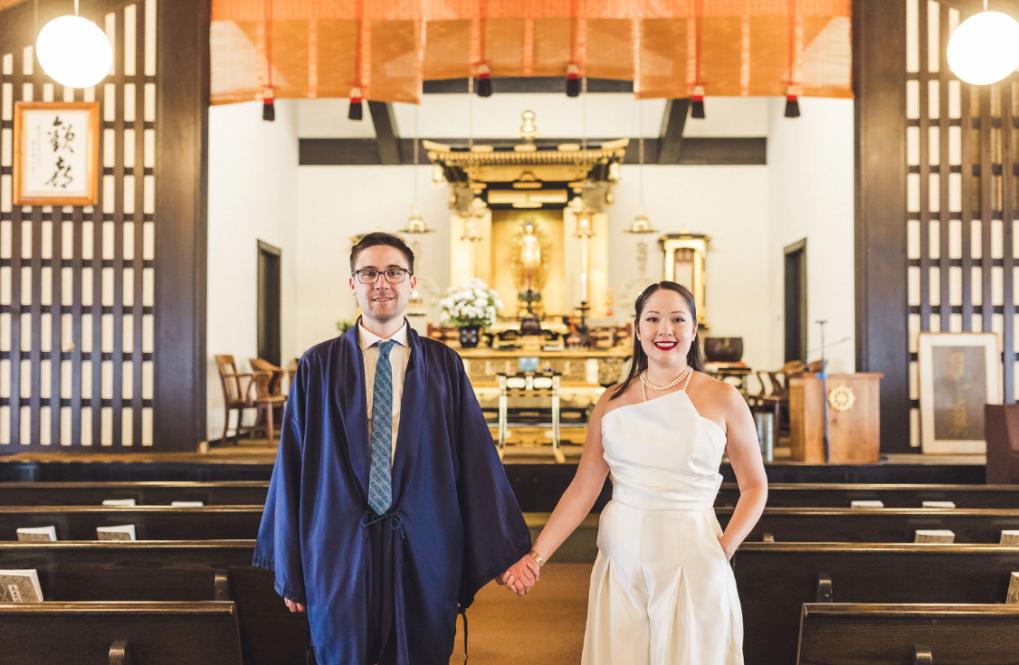
Lisa and Eric in a Jodo Shinshu Buddhist temple for their wedding.
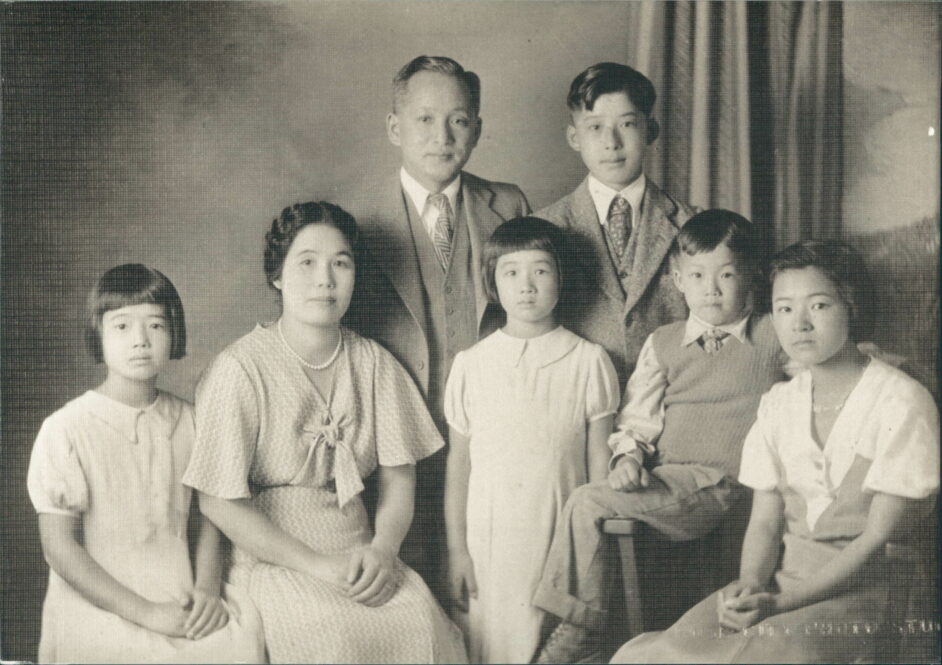
Sano Ansai, Lisa’s great grandma (second from left), and grandma, Mary (center) in family portrait.
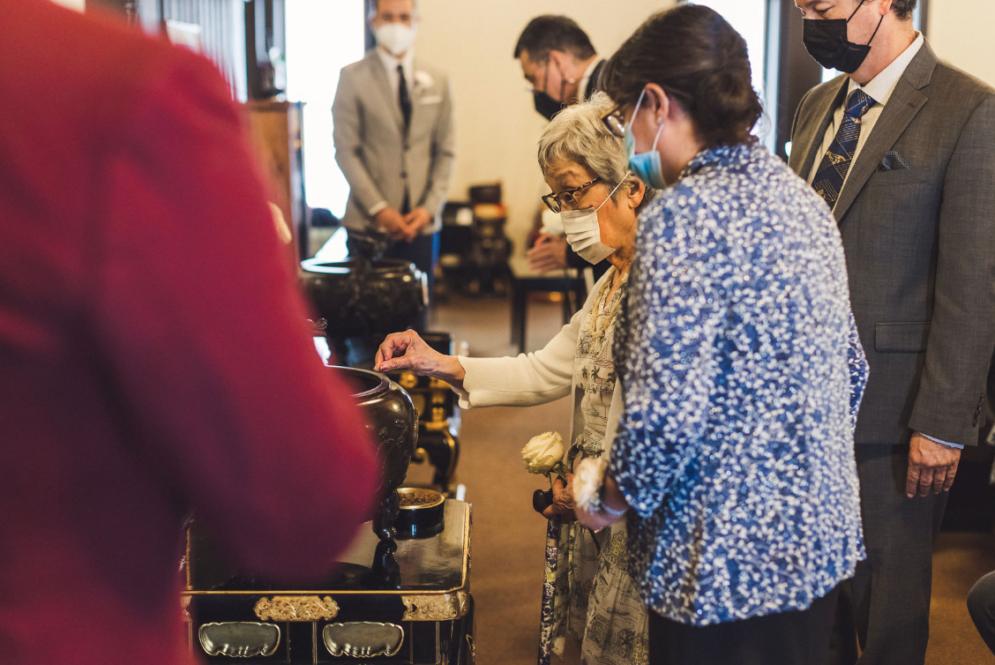
The photo of Eric’s grandma at the ceremony where guests were asked to present incense and a flower.
With this in the back of my mind, my friend, Blair, offered a way forward. She explained marriage as a practice of accompaniment, referencing what Gustavo Guttierez and Paul Farmer consider to be a practice of drawing near or walking alongside a person or community. My favorite theorists are what I consider soft theorists, those who offer one way, among many, to understand the world. In fact, I think marriage, in particular, is better when it is not a totalizing institution.
We thought carefully about which rituals of a wedding were important to us as we got ready to tell each other we love each other in front of our family and friends. Which got me to think about why this is a ritual performed in front of family and friends. There are, of course, many reasons but I’ll close with one. This is not just a moment for Eric and me to tell each other we love each other, but one of those moments my grandfather was always looking for, when we tell our people that we love them too. And so, we did, we told them we loved them, as my grandpa might say, from the bottom of our left ventricles.
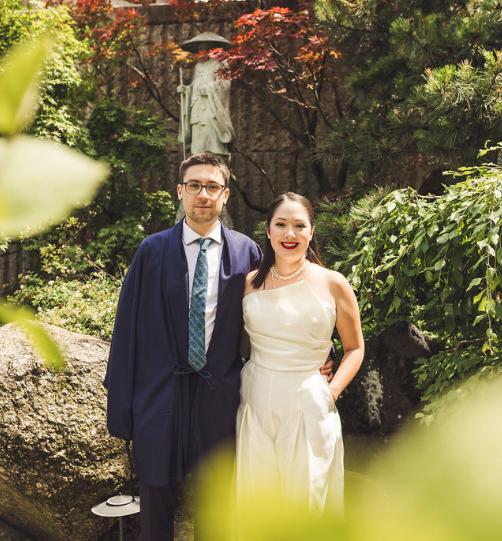
Lisa Doi
Lisa Doi is a Community Organizer for Tsuru for Solidarity, a grassroots network of progressive Japanese Americans. There, she supports work around policing and prison abolition and Black– led movements for reparations. Lisa is also the President of JACL Chicago, a member of the Midwest Buddhist Temple, and a curatorial assistant at the Japanese American National Museum. Outside of the Japanese American community, Lisa is a Ph.D. student in American Studies at Indiana University where she studies remembrance and memorialization. She is a 2021 Interfaith America Sacred Journey Fellow.
